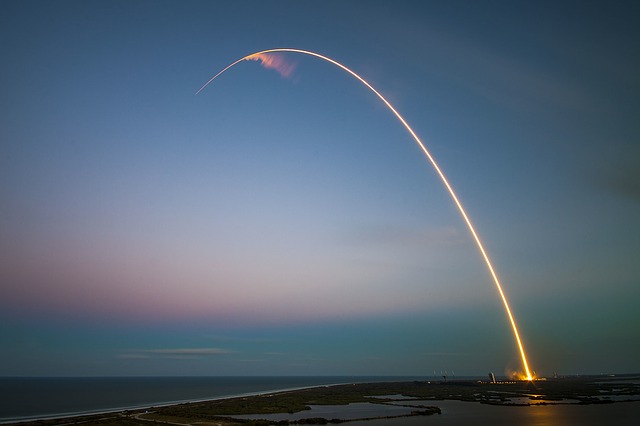Jobs in Geo – Week 13
At Geoawesomeness, we’re working on creating an interactive job portal for companies to submit jobs and for job-seekers to look for jobs in the geospatial industry.
For the past two months so, we’ve been sharing jobs on our LinkedIn and in weekly blog posts. While it certainly is not our final product, it allowed us to get some quick feedback and share some awesome jobs submitted by companies while we develop and test the job portal. We hope that you enjoy this selection of Geoawesome jobs!
16 PhD Positions in Data Analytics & Society
?Various, UK
https://datacdt.org/projects/
Software Engineer – Mapping Infrastructure at Nuro
?Mountain View, USA
https://nuro.ai/careersitem?gh_jid=1546080
Lead — Design and Marketing at MyHEAT
?Calgary, AB
https://myheat.ca/careers
Application Developer at Blue Raster
?Arlington, USA
https://blue-raster.workable.com/j/0F04627281
Business Intelligence Analyst Intern at NavVis
?Munich, Germany
https://navvis-jobs.personio.de/job/82055
Marketing Manager at DeepMap
?Beijing, China
https://hire.withgoogle.com/public/jobs/deepmapai/view/P_AAAAAADAAGEMxrSV6bJT_C
Geospatial Technician at Newcastle University
?Newcastle, UK
https://tinyurl.com/y3zzpadq
Here are the positions that we have previously posted, some on our LinkedIn:
If you see any positions that would be interesting for our community, you can also submit a job using the online form for us to review and include in our list!
Are there any specific things you’d like to see in our job portal? Feel free to get in touch.
Want to get your dose of Jobs in Geo directly to your inbox? Subscribe to our jobs newsletter here.








